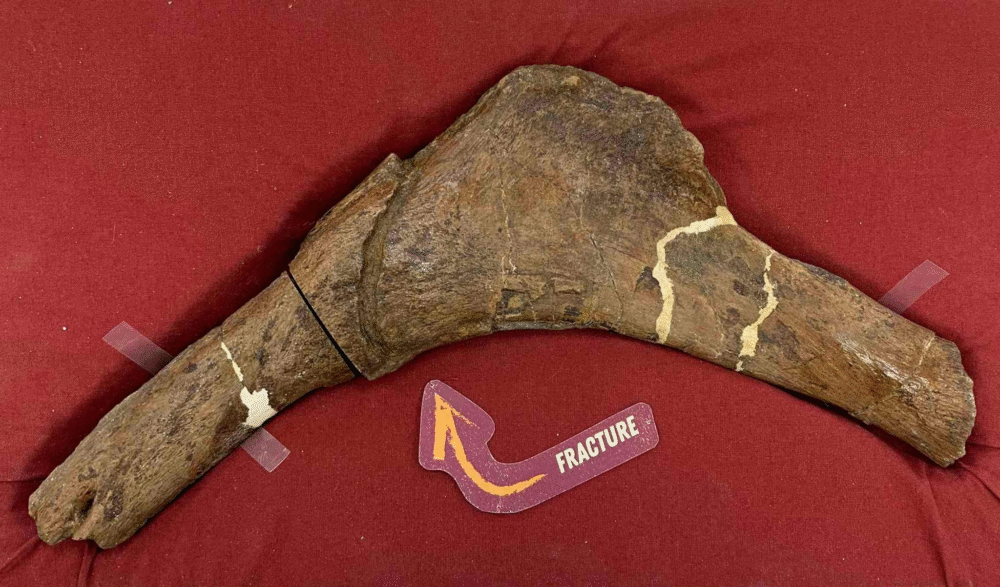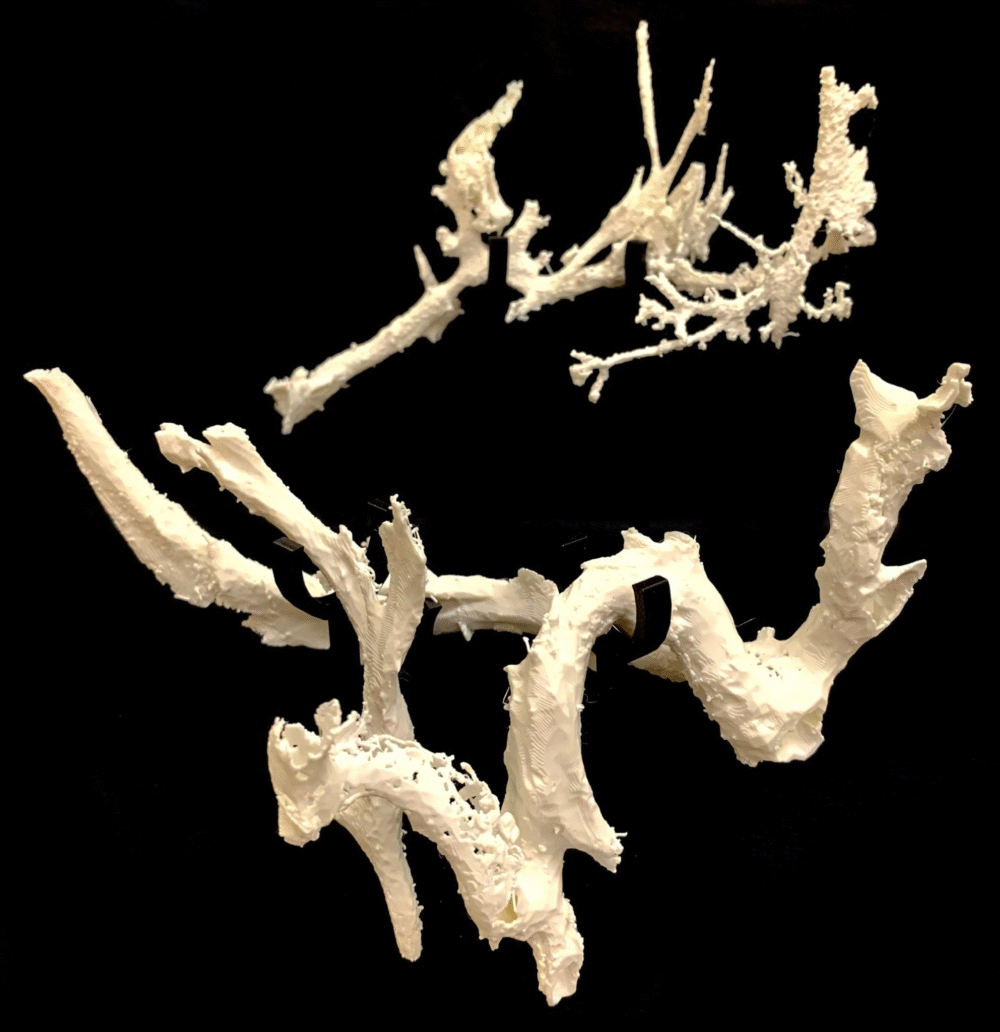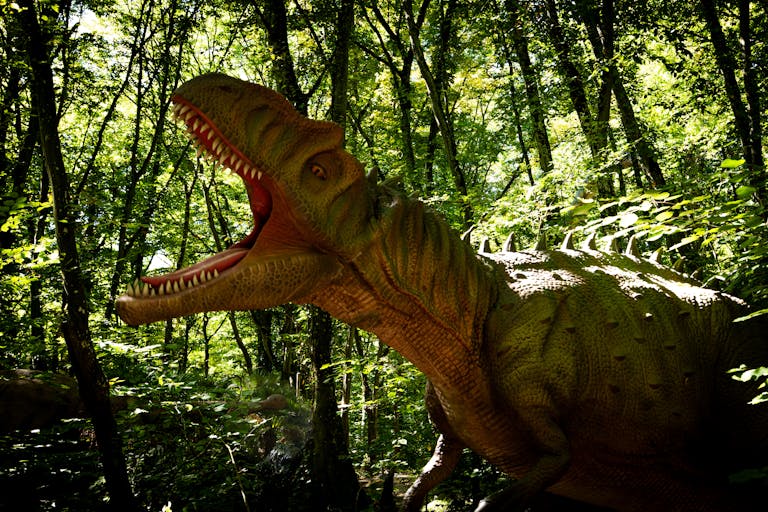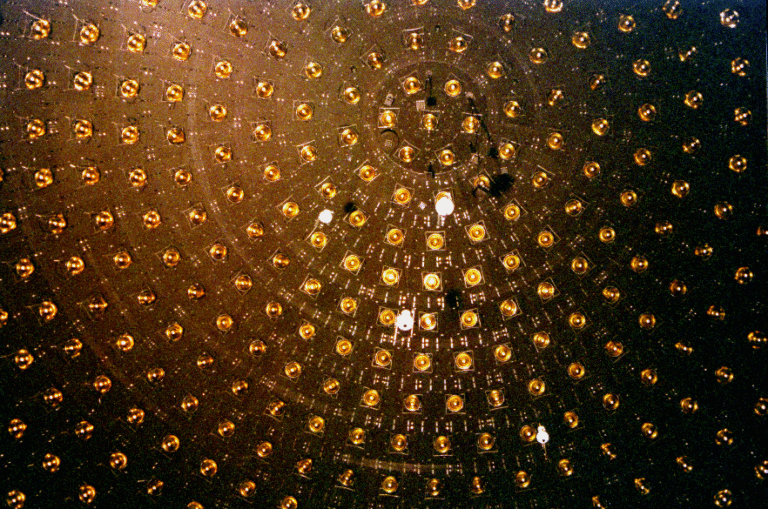Blood Vessels in T. rex Bones Reveal Surprising Secrets About Dinosaurs

For decades, dinosaurs have captured our imagination through their massive skeletons, fossilized teeth, and ancient footprints. But now, researchers have made a discovery that goes far beyond bones: blood vessels preserved inside the ribs of a Tyrannosaurus rex. This finding is changing how scientists understand the biology and even the healing processes of these prehistoric giants.
A Closer Look at Scotty, the Legendary T. rex
The discovery comes from a famous specimen known as Scotty, the largest T. rex ever found. Housed at the Royal Saskatchewan Museum in Canada, Scotty lived about 66–67 million years ago and had quite a rough life. Evidence shows broken bones and other injuries, including a fractured rib that partially healed before the dinosaur’s death.

Normally, bones on their own can only tell us so much about an animal. But this fractured rib was special. Using synchrotron X-rays, which are far more powerful than hospital CT scans, scientists peered inside the fossil without damaging it. To their surprise, they spotted a complex network of mineralized blood vessels.
These weren’t ordinary bone canals – they formed specifically during the healing process, when the body sends a surge of new blood vessels to deliver oxygen and nutrients to repair tissue. The structures were preserved as iron-rich mineral casts, leaving behind a kind of stone “shadow” of Scotty’s biology in action.
Why Soft Tissues Are So Rare
Most of what we know about dinosaurs comes from their hard parts: bones and teeth. While invaluable, they don’t reveal much about appearance or internal biology. Occasionally, paleontologists find soft tissue impressions, like skin, feathers, or pigments, but these are rare. Blood vessels, muscles, and other delicate tissues almost never survive fossilization.
That’s why this discovery is so exciting. It provides a rare glimpse into the healing process of a dinosaur, captured in stone millions of years ago. Instead of just seeing the aftermath of an injury, we can now trace the microscopic changes happening as the rib tried to mend itself.
High-Tech Tools and Cross-Disciplinary Science
To study the rib, the team used several cutting-edge techniques. The synchrotron X-rays produced micrometer-scale 3D images, revealing the delicate tubes of blood vessels. They also used X-ray fluorescence and absorption techniques to identify the minerals filling those spaces.

The vessels were found to contain pyrite (fool’s gold), which later transformed into iron oxides like hematite. These minerals essentially froze the structures in time, preserving them long after the original organic material was lost.
This type of preservation suggests that fractures and injuries may actually be prime locations for finding soft-tissue traces in other fossils. When blood flow increases during healing, it raises the chances of capturing these fleeting biological processes in stone.
Why This Matters
The discovery does more than just tell us that dinosaurs had blood vessels (which, of course, they did). It shows us how their bodies responded to injury in ways similar to modern animals like birds and reptiles. By comparing vessel structures in Scotty to living species, scientists may unlock new clues about dinosaur biology, healing rates, and even metabolism.
It also highlights how important non-destructive imaging is for fossil research. Instead of grinding down precious bones, scientists can now use physics and chemistry to uncover details hidden inside fossils. This opens the door to re-examining existing specimens without harming them.
The Bigger Picture
A single fractured rib from a T. rex has given us a snapshot of life 67 million years ago: a dinosaur survived a brutal injury, its body rushed blood to the wound, and minerals eventually captured that moment in history.
In the future, researchers may apply these methods to other fossils, targeting bones with signs of trauma. Each healed fracture could hold a story of survival, resilience, and biology written in mineralized blood vessels.
Dinosaurs have always fascinated us with their size and mystery. Now, discoveries like this remind us that they weren’t just giant skeletons – they were living, breathing animals, with bodies that healed, fought, and endured just like creatures today.
Source: “In situ analysis of vascular structures in fractured Tyrannosaurus rex rib”





